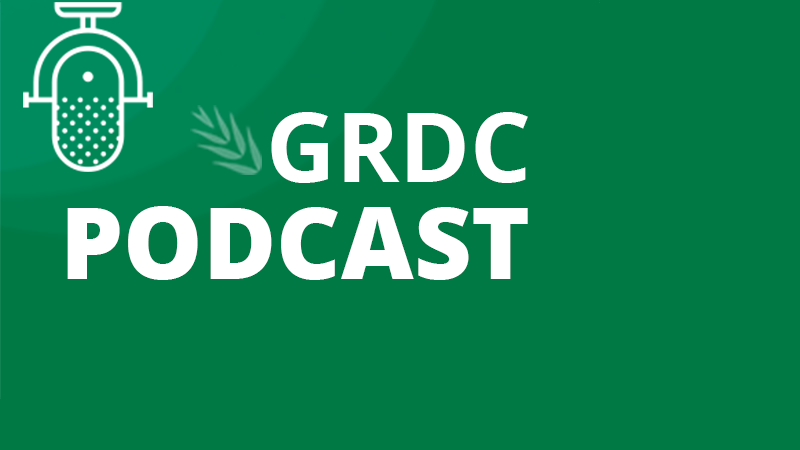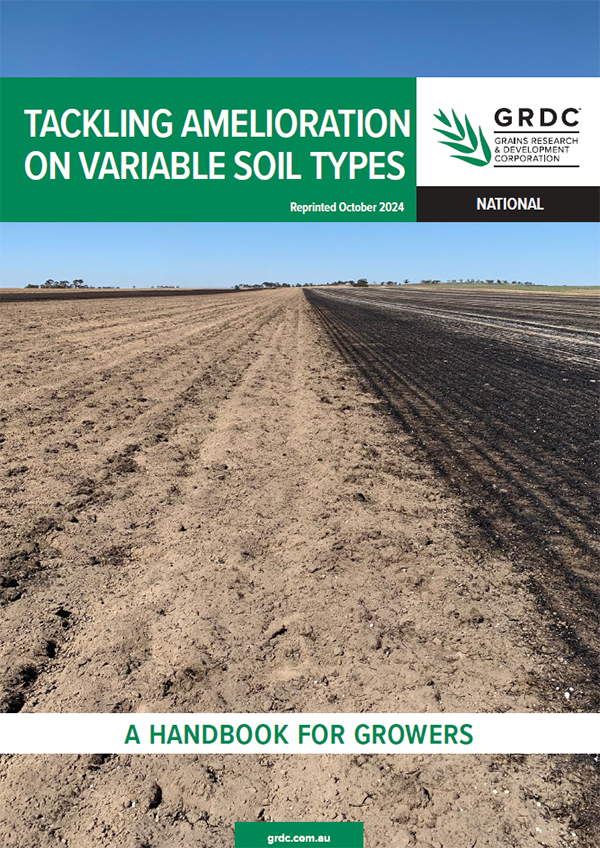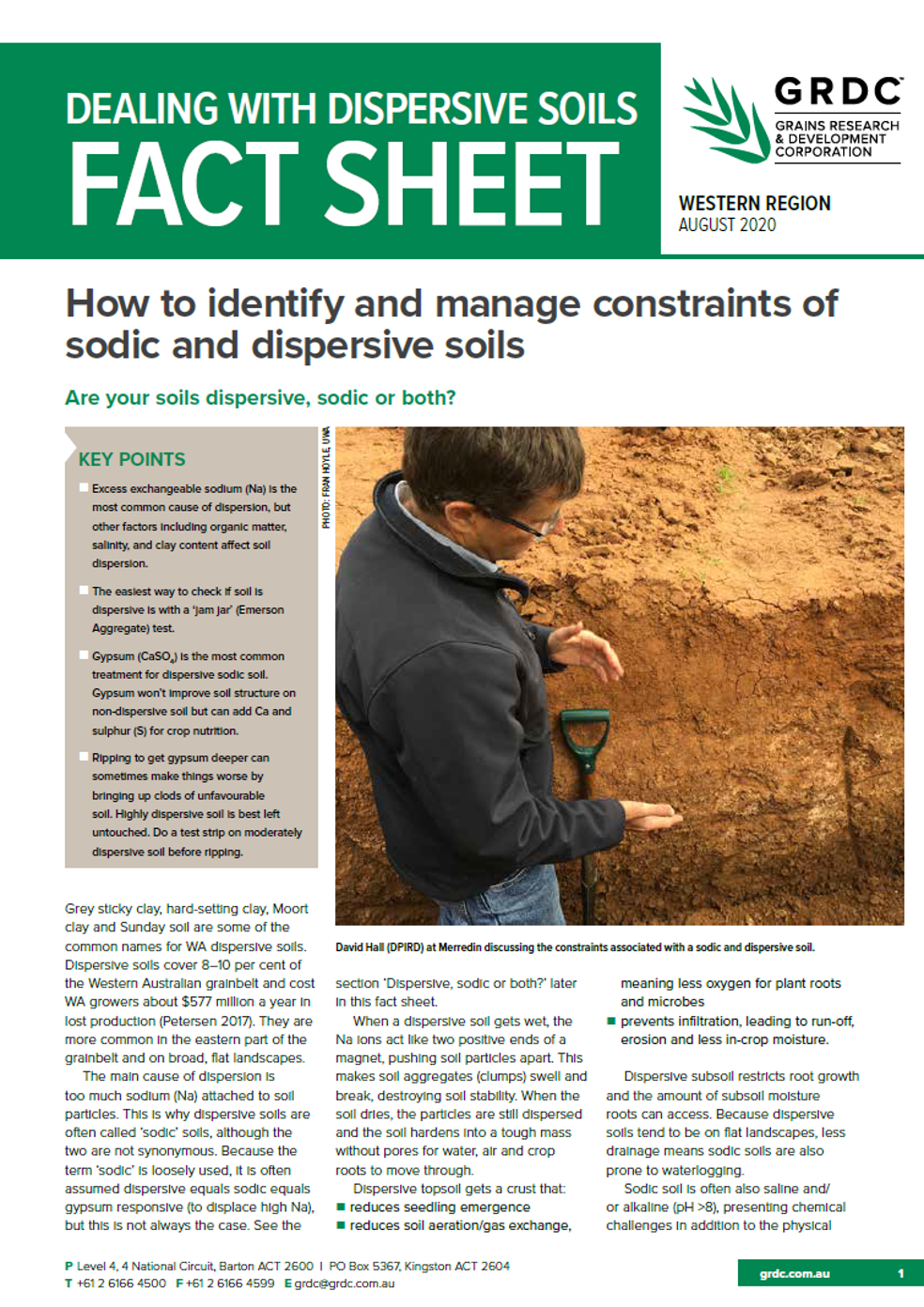Maintain the longevity of soils constraints investments and increase grower adoption through extension - western region
Investment
GRDC Code: PLT1909-001SAX
Maintain the longevity of soils constraints investments and increase grower adoption through extension - western region
While there is already a wealth of research and other information available on soil constraints and amelioration thereof, on-farm adoption is stymied by practical and logistical problems and uncertainties. Much understanding about solutions to these barriers exist in knowledge silos among growers, advisers and researchers, but are not addressed in currently available information. This project will identify the main knowledge gaps, find the missing snippets of information and practical solutions, and deliver them to growers. Delivery that includes peer-to-peer learning and 'proof in the paddock' will further increase adoption and build on the foundations laid by SCW1 projects. This project forms a bridge between past GRDC research investment in soil constraints. It aims to prolong the on-farm effects of this investment by filling an extension gap with implementable information while new research is underway. It also has potential to identify research gaps for new projects.
- Project start date:
- 20/09/2019
- Project end date:
- 16/06/2023
- Crop type:
-
- All Crops
- Organisation
- The Trustee for PLUSKE FAMILY TRUST
- Region:
- West
- Project status
-
Completed
GRDC News
Podcasts
Getting the most out of deep ripping - GRDC
20 Feb 2024In this episode, Debra Bishop catches up with engineer Peter Nunn from Nufab to discuss all things ripping.

Resources

Tackling amelioration on variable soil types - GRDC
02 Oct 2024
Soil constraints are estimated to cost Australian growers more than $1 billion each year in wheat alone (Orton et al. 2018). Done properly, ameliorating soils boosts yield and profit.

Paddock Practices: Assessing fertiliser profitability - GRDC
03 Mar 2022
Fertiliser cost and fertiliser profitability are different. Fertiliser cost is obvious, fertiliser profitability is rarely assessed.

Dealing with dispersive soils fact sheet - GRDC
10 Aug 2020
Grey sticky clay, hard-setting clay, Moort clay and Sunday soil are some of the common names for WA dispersive soils. Dispersive soils cover 8–10 per cent of the Western Australian grainbelt and cost WA growers about $577 million a year in lost


